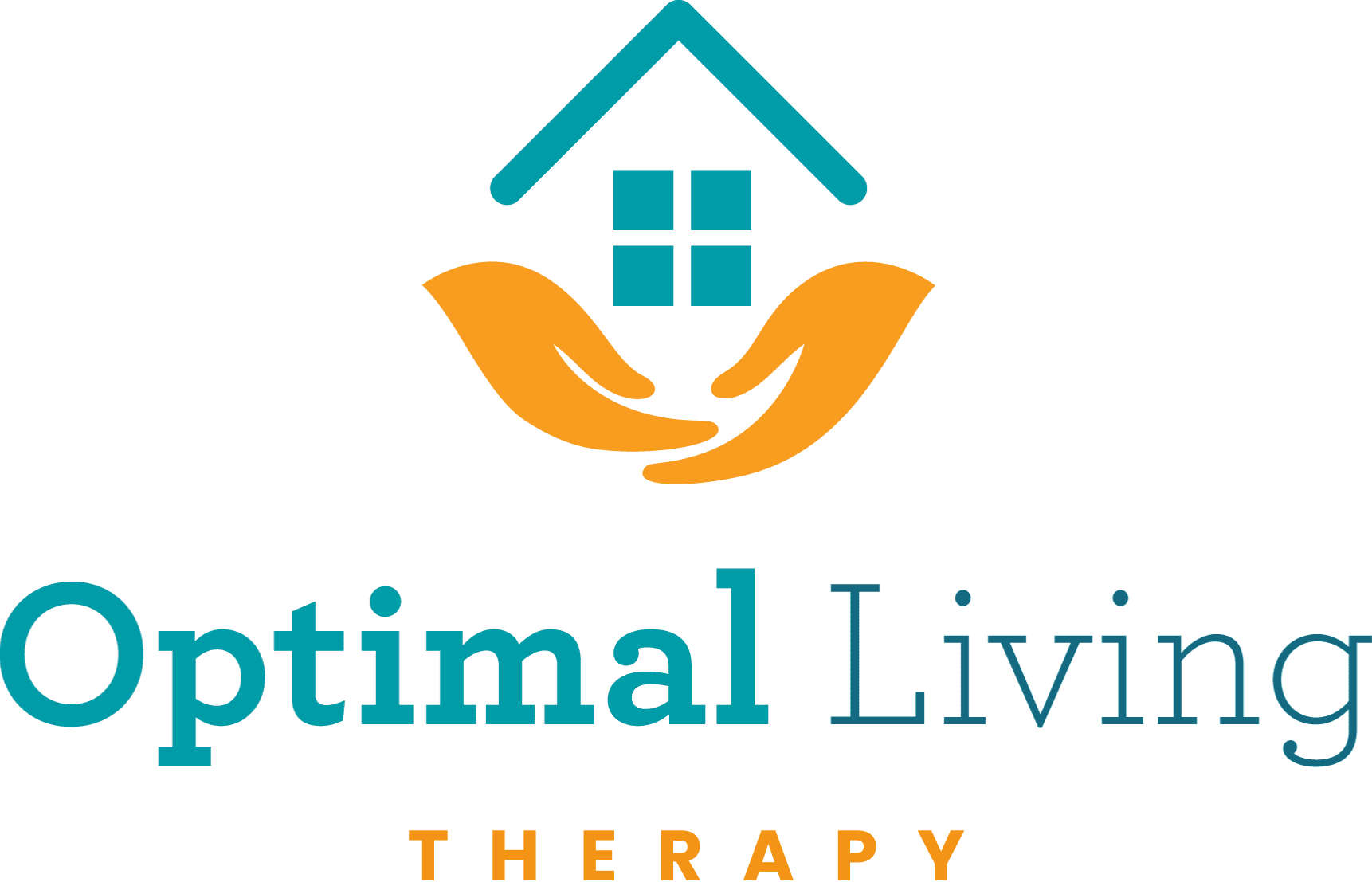Low cost AT, mid cost AT, high cost AT, so much jargon but what does it actually mean for you? And what exactly is AT?
Assistive technology (AT) refers to devices or equipment that can make everyday tasks easier and safer for individuals with disabilities. The National Disability Insurance Scheme (NDIS) splits assistive technology into three categories:
- Low Cost: Under $1,500 per item
- Mid Cost: $1,500 to $15,000 per item
- High Cost: Over $15,000 per item
It can be helpful to understand these categories, so you know what is included in your plan and to help you make informed decisions when purchasing new assistive technology. We’ve put together a breakdown of each category, including examples and what you need to know when purchasing assistive technology.
Low Cost Assistive Technology: Under $1,500 per item
Low cost assistive technology includes simple and affordable aids that are easy to set up and use. These items are generally low risk and available from local suppliers and retail stores.
Examples of Low Cost AT:
- Adapted cutlery and cups
- Adaptive aids for meal preparation
- Large print books or labels
- Basic shower chairs
Mid Cost Assistive Technology: $1,500 to $15,000 per item
Mid cost assistive technology (AT) typically involves more complex devices that require professional advice from an AT assessor to help with selection, customisation, and setup.
Examples of Mid Cost AT:
- Standing and full mobile hoists
- Wheeled shower commodes
- Some manual and power wheelchairs
- Pressure care mattresses
High Cost Assistive Technology: Over $15,000 per item
High cost AT includes advanced and customised equipment designed for individuals with more complex needs. These items require extensive assessments and specialised knowledge for prescription and setup.
Examples of High Cost AT:
- Custom-made wheelchairs and seating systems
- Ceiling hoists
- Turning beds
When do you need professional advice?
In short, it is recommended to get professional advice for all categories of assistive technology.
The NDIS requires participants to consult a professional, such as an Occupational Therapist, Physiotherapist or Orthotist, depending on the item, for both mid and high-cost or high-risk assistive technology (AT). Additionally, relevant reports and quotes are required to secure funding for these items.
When it comes to low-cost AT, these items are often considered low risk. However, some low-cost items can pose a high risk if not used correctly. For example, a bed pole or rail could cause serious injury if improperly used. Therefore, seeking advice from a professional, such as an occupational therapist (OT), even for low cost items is beneficial.
An experienced OT provider, like our team at Optimal Living Therapy, can ensure the chosen AT is suitable for your needs and help you navigate the relevant NDIS processes.
Check out our previous blog post for more information about how assessing assistive technology is a comprehensive process.
Here are some things to consider with your assistive technology:
- Reasonable and Necessary Criteria: All NDIS supports, including AT, must meet the reasonable and necessary criteria.
- Disability-Related Needs: Your AT must directly relate to your disability. General items, such as standard household furniture, are not funded unless they are adapted or specialised for your specific needs.
- Buying vs Renting: Depending on your situation, it might be better to rent or borrow certain items, especially if your needs are likely to change.
Understanding the NDIS jargon related to assistive technology can help you navigate your NDIS plan to access the AT you need.
If you need advice or an assessment for Assistive Technology, our team is here to help! With our specialist clinical skills and broad knowledge of different equipment and equipment providers in Perth, we can narrow down what AT will best suit your needs.
Contact our friendly team today or call us on (08) 6117 4266.










